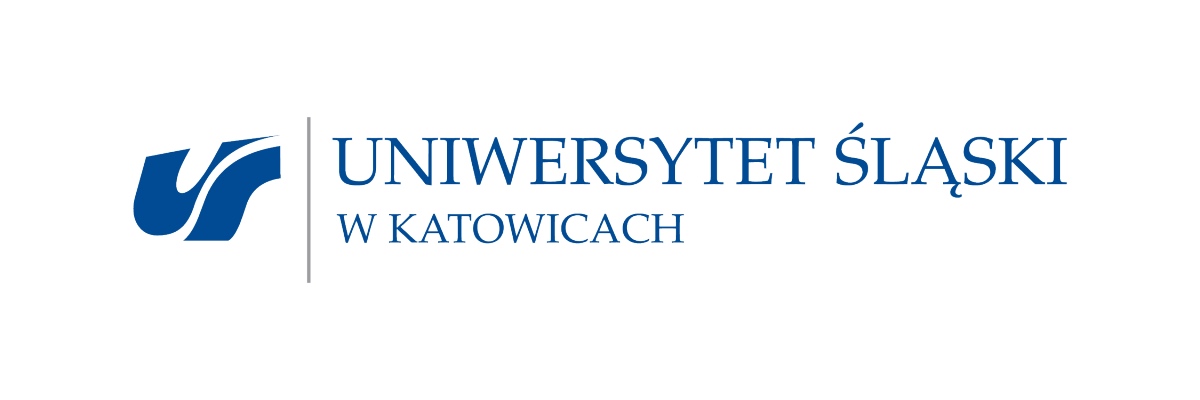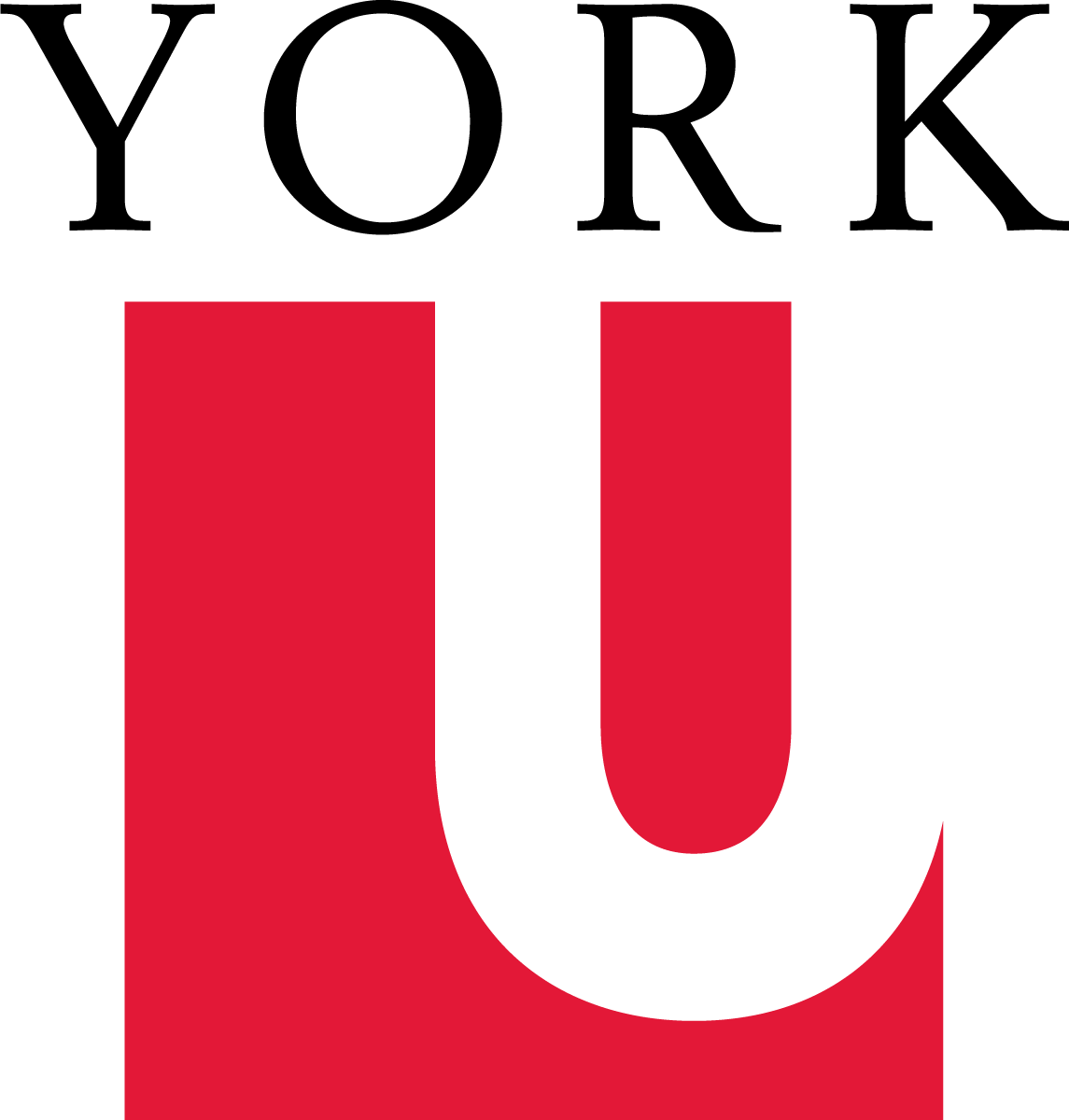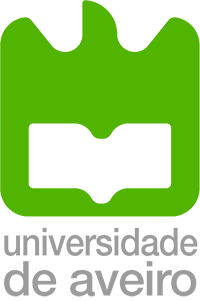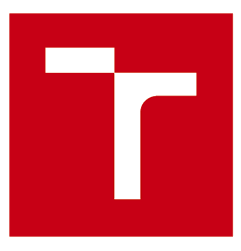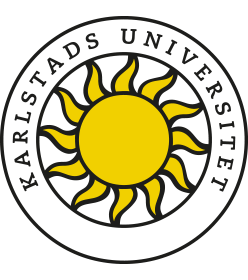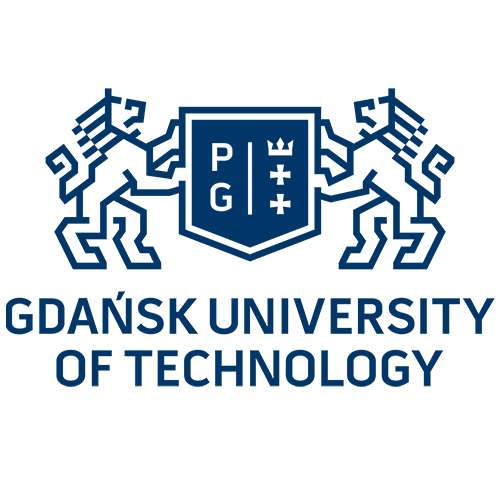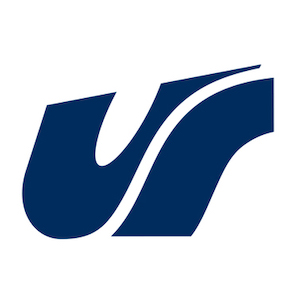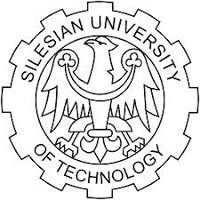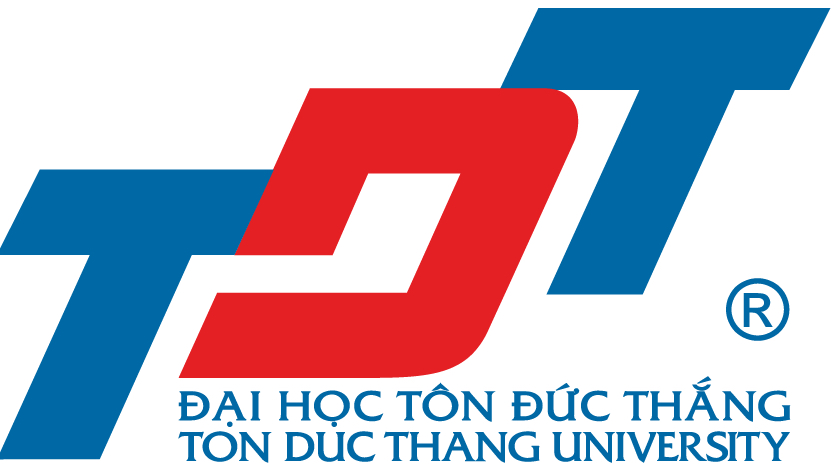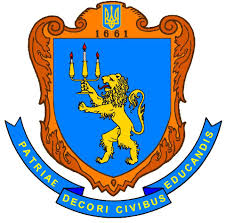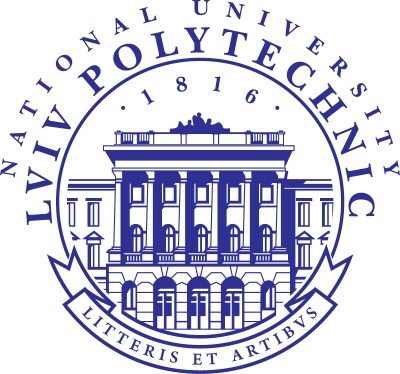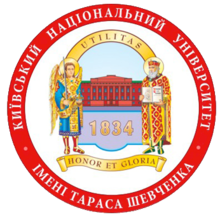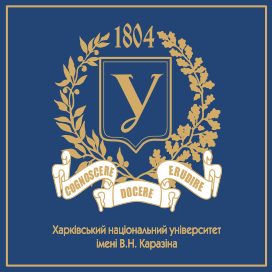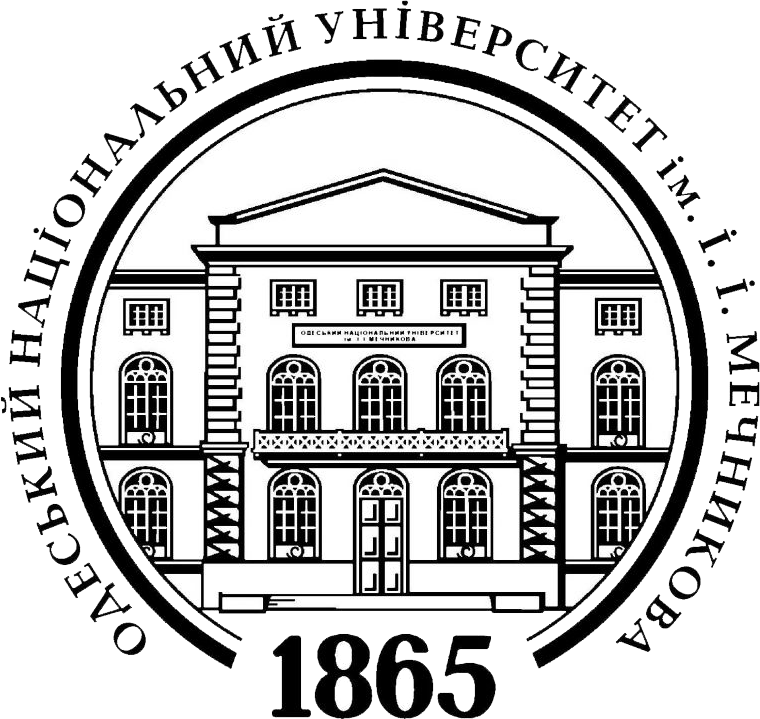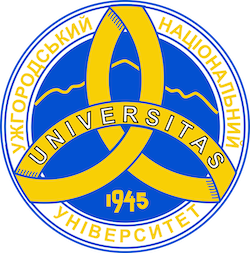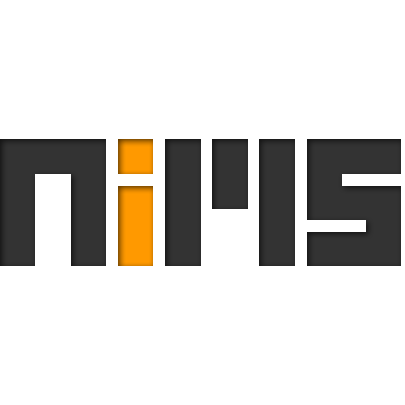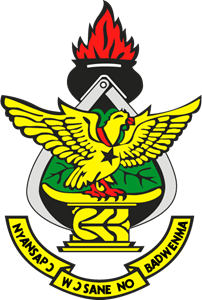University of Silesia in Katowice (US)
Poland
The Institute of Mathematics, which runs the InterMaths project at US, in engaged in many national and international projects, which provide students with skills and qualification required at the European labor market. InterMaths and Mathematics as a code of modernity are flag initiatives allowing students to conduct professional internships abroad. Student taking part in InterMaths project can choose from the following specialisations: Mathematics in Finance and Economics, Mathematical Modeling, and Theoretical Mathematics.
The University of Silesia has signed over 600 international agreements with over 300 institutions from all over the world. US collaborates with universities, research centres and enterprises from Germany, France, Italy, Russia, USA, Spain, China, Brazil and many others. Cooperation agreements enable student and academic staff exchanges as well as joint educational and research projects.
Established in 1968, it offers over 50 fields of study and serves over 35,000 students. Academic campuses are located in 5 key cities of the region, with the hub in Katowice. To promote international exchanges of scholars, students, and ideas, the University of Silesia has signed some 450 Erasmus bilateral agreements of cooperation with 29 other European countries. Students are offered accommodation in dormitories near their lecture halls and have access to well-equipped libraries, cafeterias, and over 160 student clubs emphasizing science, sports, media, music, drama, art, you name it.
The Student Union works closely with the university leadership and has a great impact on enriching the academic cultural life students thrive on. Every year, during the summer semester, two remarkable events are organized: Juwenalia, a festival where students actually seize control of cities from their mayors and have a blast at countless concerts and parties, and a Festival of Science during which students carry out experiments in the streets and have colorful parades. Such fun recharges students’ batteries so that they excel at their studies.
RealMathsUSCoordinator
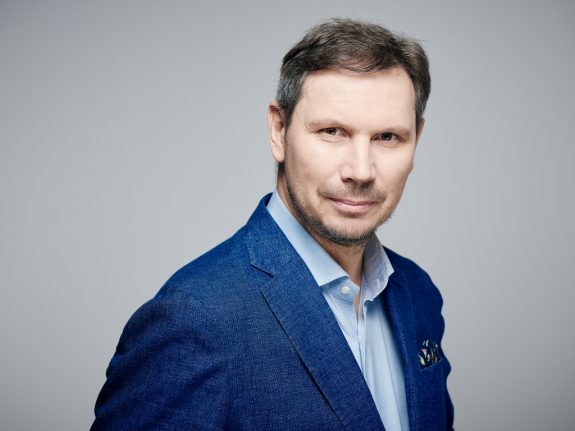
RealMaths Double Degree Track :: Year 2 in Katowice
Campus
Year
ECTS Credits
Language
Degrees conferred
MSc Mathematics (US)
Mathematical Modelling
ECTS Credits: 6 | Semester: 1 | Year: 2 | Programme: Double Degrees | Campus: University of Silesia in Katowice | Language: English
Unit Coordinator: Jerzy Dajka
Aims:
My aim is to present mathematical methods for quantum information processing. As in most applications it is enough to work with qubits and systems of qubits, mathematical methods originate from linear algebra, which is usually one of first curses taught. It makes quantum information accessible for very 'fresh' students. I would like to convince students that quantum information processing is useful, interesting, counter-intuitive, sometimes seemingly as mysterious as the Schroedinger cat.
Content:
Content: Mathematical formalism of quantum mechanics. Postulates of quantum mechanics. Quantum information: quantum gates, no-go theorems, measurement. Quantum entanglement: mathematical basis. Selected applications: teleportation, dense coding. Quantum cloning and applications. Basic protocols for quantum cryptography: BB84, B92. Quantum nonlocality: Bell and Leggett-Garg inequalities, contextuality. Dynamics of quantum systems, open quantum systems. Quantum error correction.
Pre-requisites:
Pre-requisites:
Basic linear algebra is enough. A bit of number theory can be useful but not necessary.
Reading list:
Reading list: Lecture notes by John Preskill
Quantum Computation and Quantum Information by Michael A. Nielsen & Isaac L. Chuang
Mathematics in Finance and Economics
ECTS Credits: 6 | Semester: 1 | Year: 2 | Programme: Double Degrees | Campus: University of Silesia in Katowice | Language: English
Unit Coordinator: Jerzy Dajka
Aims:
My aim is to present mathematical methods for quantum information processing. As in most applications it is enough to work with qubits and systems of qubits, mathematical methods originate from linear algebra, which is usually one of first curses taught. It makes quantum information accessible for very 'fresh' students. I would like to convince students that quantum information processing is useful, interesting, counter-intuitive, sometimes seemingly as mysterious as the Schroedinger cat.
Content:
Content: Mathematical formalism of quantum mechanics. Postulates of quantum mechanics. Quantum information: quantum gates, no-go theorems, measurement. Quantum entanglement: mathematical basis. Selected applications: teleportation, dense coding. Quantum cloning and applications. Basic protocols for quantum cryptography: BB84, B92. Quantum nonlocality: Bell and Leggett-Garg inequalities, contextuality. Dynamics of quantum systems, open quantum systems. Quantum error correction.
Pre-requisites:
Pre-requisites:
Basic linear algebra is enough. A bit of number theory can be useful but not necessary.
Reading list:
Reading list: Lecture notes by John Preskill
Quantum Computation and Quantum Information by Michael A. Nielsen & Isaac L. Chuang
Get the most out of your year in Katowice
- 01 About Katowice
- 02 Getting there
- 03 Wordbox
- 04 Cuisine
- 05 Free time
- 06 Excursions
- 07 Accommodation
Dynamic, multicultural and open to changes – that is the face of Katowice
Nowadays, Katowice with the population of 300,000 residents is a city of dynamic transformations, open to changes, attracting young people who associate their future with the city. In the first place it is them to who the city authorities address their projects of social and town planning reconstruction.
The city whose origin goes back but to the nineteenth century prides on the possession of numerous objects registered as historical monuments. Among them there are stand out art nouveaux tenements in the city centre, neo-baroque and Neo-Gothic buildings with architectural details restored with reverence, as well as the workers' housing estates in the Giszowiec and Nikiszowiec quarters that constitute examples of unique architecture.
Katowice is the heart of one of the largest population centres in Europe. Along with the neighbouring towns and cities it constitutes a huge market to be developed by economic subjects, and it is from the economic viewpoint that Katowice has a great future ahead. The present authorities of the city take care of developing a favourable background for investments. Katowice is considered to be one of the best developed Polish cities in terms of a modern infrastructure involving traffic systems, preparing land for investments, water supply, sewage disposal system and appropriate environment for economy in the form of housing undergoing the development process, sporting and recreational facilities, commercial facilities, catering industry, modern cinema halls, libraries, museums, etc. It is worth mentioning that 45% of the area in Katowice is covered by forests and greenfields including 2 nature reserves. Everybody can appreciate values of our city's natural environment during a long cycle tour of signposted routes.
Interesting facts about the city
1. Location in the centre of the vast urbanized area, the Katowice Agglomeration with 2 million people, easy access by plane & train
2. The capital city of Silesia
3. Strong academic centre – 29 universities in the Katowice Agglomeration
4. Presence of many foreign investors
How to reach Katowice center from the Katowice Pyrzowice airport
In front of the main entrance to the airport cosy, comfortable and modern buses are waiting to take you to Katowice center. You can book your ticket online or ask the driver for it. The journey is around 50 minutes long. Prices are mostly around 5-8 euro. Keep in mind that you do not have to pay extra for your luggage. You can choose some of the buses mentioned below. Check the website to see more information like the timetable, prices, bus stops etc.
- PKM Katowice bus
- KZK GOP bus
- Matuszek bus
- PyrzowiceEkspres.pl (official Wizzair bus)
How to reach the Katowice center from the Krakow Balice airport?
The prices would be around 6-11 euro and the way will take you around 1 hour. To book the ticket and find other information check the websites.
To get to Katowice you can also take a bus from the Krakow Balice to the Krakow center and than take another bus straight to Katowice.
The International Airport Katowice Pyrzowice website
• Cheers! / Bless you! - Na zdrowie!
• How are You? - Jak się masz?/ Co słychać?
• Hi! / Bye! - Cześć!
• Hello! / Welcome! – Witam!
• Good morning! / Good Afternoon! - Dzień dobry
• Good evening! - Dobry wieczór!
• Good night! – Dobranoc!
• Goodbye! - Do widzenia!
• good - dobrze
• yes - tak
• no - nie
• Please speak more slowly. - Proszę mówić wolniej. (Smile broadly while saying this.)
• I don't understand. - Nie rozumiem.
• I don't speak Polish. - Nie mówię po polsku. (Say this with perfect phonetics and no one will believe you.)
• Do you speak English? - Czy mówisz po angielsku?
• Thank you! - Dziękuję!
• Thanks! - Dzięki!
• Please. - Proszę.
• Excuse me. / I'm sorry. - Przepraszam.
• Congratulations! - Gratuluję!
• How much does it cost? - Ile to kosztuje?
• Dormitory - Akademik / Dom Studenta
• Cafeteria - Stołówka
• Student ID - Legitymacja
• Dean's Office - Dziekanat
• Faculty - Wydział
• Library - Biblioteka
• Bread - Chleb
• Water - Woda
• Beer - Piwo
• Coffee - Kawa
• Tea - Herbata
• Ticket - Bilet
Polish cuisine
- kiełbasa (sausage)
- a wide variety of delicious breads: white, brown, wholemeal, with raisins, prunes, sesame seeds, poppyseed...
- an essential part of the main Polish meal of the day is soup, e.g., barszcz, żurek, mushroom soup, kapuśniak, krupnik, tomato soup, rosół
- kotlet schabowy (fried pork loin chop coated in breadcrumbs and served with potatoes and cabbage)
- golonka (pork knuckle)
- kaszanka (blood sausage)
- smalec (spreadable bacon lard)
- superb dumplings, especially pierogi (noodle dough stuffed with minced meat, chopped sauerkraut mixed with mushrooms, cottage cheese, or fruit and boiled)
- bigos (sauerkraut with a variety of meats, smoked meat and mushrooms)
- gołąbki (cabbage leaves stuffed with minced meat and rice or barley, served with tomato or mushroom sauce)
Silesian cuisine
- dark dumplings (pyzy sląskie), white and red cabbage
- makówki (ground poppy seads mixed with honey, raisins and nuts and put on thin slices of sweet bread over which milk is poured)
Festivals, Cinemas, Theatres, Music
Check this website: http://www.katowice.eu/en/en/things-to-do/festivals to see more
Bar, Restaurants, Pubs & Clubs, Discos
1. https://odkrywajacslask.wordpress.com/2014/06/11/where-to-eat-well-in-katowice
2. http://katowice.spiz.pl/
3. http://klubpomarancza.pl/katowice/
4. http://www.klubprime.pl/
5. http://www.blackpearl.katowice.pl/
6. http://cotton-club.com.pl/www/
7. http://coolerclub.pl
8. http://www.dolce-vita.info.pl
9. www.highwayclub.pl
10. www.inq.pl
11. http://rajzefiber.com
Green areas and recreation
Check the website http://www.katowice.eu/en/en/tourism/green-areas-recreation to see more
Others
1. The Scientific Information Centre and Academic Library (Centrum Informacji Naukowej i Biblioteka Akademicka) is located in Katowice at Bankowa 11a (http://www.ciniba.us.edu.pl/index.php?lang=en)
2. The biggest library in Katowice at Plac Rady Europy 1 – The Library of Silesia (Biblioteka Śląska) (http://www.bs.katowice.pl/)
3. You may also join the Academic Sports Association (Akademicki Związek Sportowy), which offers over 30 sports including: judo, yoga, ju-jitsu, karate, bridge, chess, skiing, horse riding, volleyball, basketball, and many others. The annual fee including obligatory insurance is about 50 PLN. For details and timetables please contact the Academic Sports Association in Katowice, Bankowa 12 (www.azs.us.edu.pl)
4. The International Congress Centre - The International Congress Centre building in Katowice is a multifunctional, complex service facility, which ranks among public buildings. For the most part, it has been designed for guests who take part in the events organised there. However, it also has an area which is fully available for the public – it is a green passage which goes diagonally through the building's roof where it takes on the shape of a valley, as well as the main foyer – the connecting area between two entrances: from the Honour Square's side (in front of the arena complex called "Spodek" Arena – the "Saucer") and the second from the side of Olimpijska Street (which is under design). Marking these spaces as public is a vital city-forming element for a post-industrial area where the MCK complex was designed. As to the main functions of the building, it is a place for congress, conference, exibition, fair and performance (http://www.icc-katowice.eu/en)
5. Polish National Radio Symphony Orchestra in Katowice (Narodowa Orkiestra Symfoniczna Polskiego Radia z siedzibą w Katowicach - NOSPR), is one of Poland's premier musical institutions (http://www.nospr.org.pl/en/)
The biggest tourist attractions in Katowice
Although Katowice is one of the youngest European metropolises, it has an interesting architecture. Among the Art Nouveau buildings we will find elements of eclecticism, modernism and neo – classicism. The one hundred years old workmen's housing estates Nikiszowiec and Giszowiec are unique architectural examples. Despite their primal character, they can make you feel the atmosphere of the early 19th century and move to the time of early – industrial development of Katowice. Those buildings were used in the famous Silesian film triptych directed by Kazimierz Kutz.
Among other architectural monuments in Katowice, the Arch Cathedral of Christ the King and an enormous house of the former Silesian Parliament is worth mentioning. Also the monuments to the Silesian Insurgents Monument like Wojciech Korfanty, Józef Piłsudski, Jerzy Ziętek and also the Parachute Tower in Tadeusz Kościuszko Park.
Close to Katowice
During the stay in Katowice, apart from the city and agglomeration, the whole Silesian region is worth seeing. The Beskids, the most beautiful mountains in Poland which offer plenty of tourist attractions, are only dozens of kilometers to the south of Katowice.
Cracow and Częstochowa Jurassic Upland (Jura Krakowsko – Częstochowska), picturesque place with rocks and castles, is even closer. What is worth seeing is also the Pszczyna Palace Museum, The Immaculate Conception of St. Mary the Virgin Sanctuary in Częstochowa (Jasna Góra) and the Auschwitz – Birkenau Memorial and Museum in Oświęcim. Furthermore, each city of the region offers its local attractions and that is why it is better to see it than only read about it.
InterMaths students, studying in Katowice, are hosted free of charge in single rooms in the students’ dormitory of the University of Silesia in Katowice.
Address: Katowice, ul. Studencka 16.
Each two single rooms have their own bathroom and kitchen. The rooms are available in the last week of September and students can stay there for free for 10 months.

